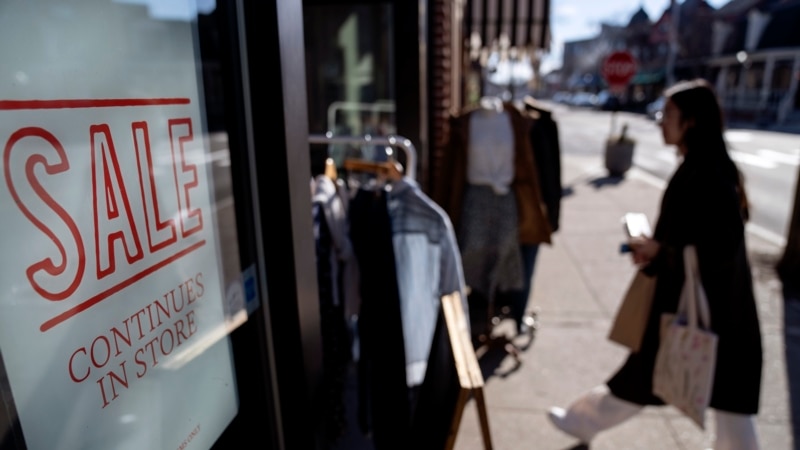The Federal Reserve’s preferred inflation gauge rose last month at its fastest pace since June, an alarming sign that price pressures remain entrenched in the US economy and could prompt the Fed to continue raising rates. of interest well into this year.
Friday’s report from the Commerce Department showed that consumer prices rose 0.6% from December to January, a sharp increase from a 0.2% increase from November to December. On an annual basis, prices increased 5.4%, up from a 5.3% annual increase in December.
Stripping out the volatility of food and energy prices, so-called core inflation has risen 0.6% since December, up from 0.4% the previous month. And compared to a year earlier, core inflation rose 4.7% in January, up from a 4.6% year-on-year rebound in December.
The report also showed that consumer spending rose 1.8% last month from December after falling the previous month.
January price data beat forecasters’ expectations, dashing hopes that inflation was steadily slowing and that the Fed might back down on its campaign of rate hikes. It follows other recent data that also suggested the economy remains in the grip of inflation despite strenuous efforts by the Federal Reserve to rein in it.
Last week the government issued a separate inflation measure, the consumer price index, which showed prices rose 0.5% from December to January, much more than the 0.1% increase the previous month. Measured year-over-year, consumer prices rose 6.4% in January. That was well below a recent peak of 9.1% in June, but still well above the Fed’s 2% inflation target.
Since March of last year, the Fed has attacked inflation by raising its key interest rate eight times. Yet despite the resulting higher borrowing costs for individuals and businesses, the job market remains surprisingly strong. That’s actually a worrying signal for the Fed because strong demand for workers tends to drive wage growth and headline inflation. Employers added 517,000 jobs in January, and the unemployment rate fell to 3.4%, its lowest point since 1969.
“The reacceleration of price pressures, coupled with a still strong labor market that is restoring income and supporting demand, will keep the Fed on track to raise rates further in upcoming meetings,” said Rubeela Farooqi, chief economist. for United States of High Frequency Economics.
[Con información de The Associated Press]
Connect with the Voice of America! Subscribe to our channel Youtube and activate notifications, or follow us on social networks: Facebook, Twitter and instagram.



![[Img #74675]](https://thelatestnews.world/wp-content/uploads/2024/12/They-discover-a-new-class-of-X-ray-sources-in-the-150x150.jpg)










